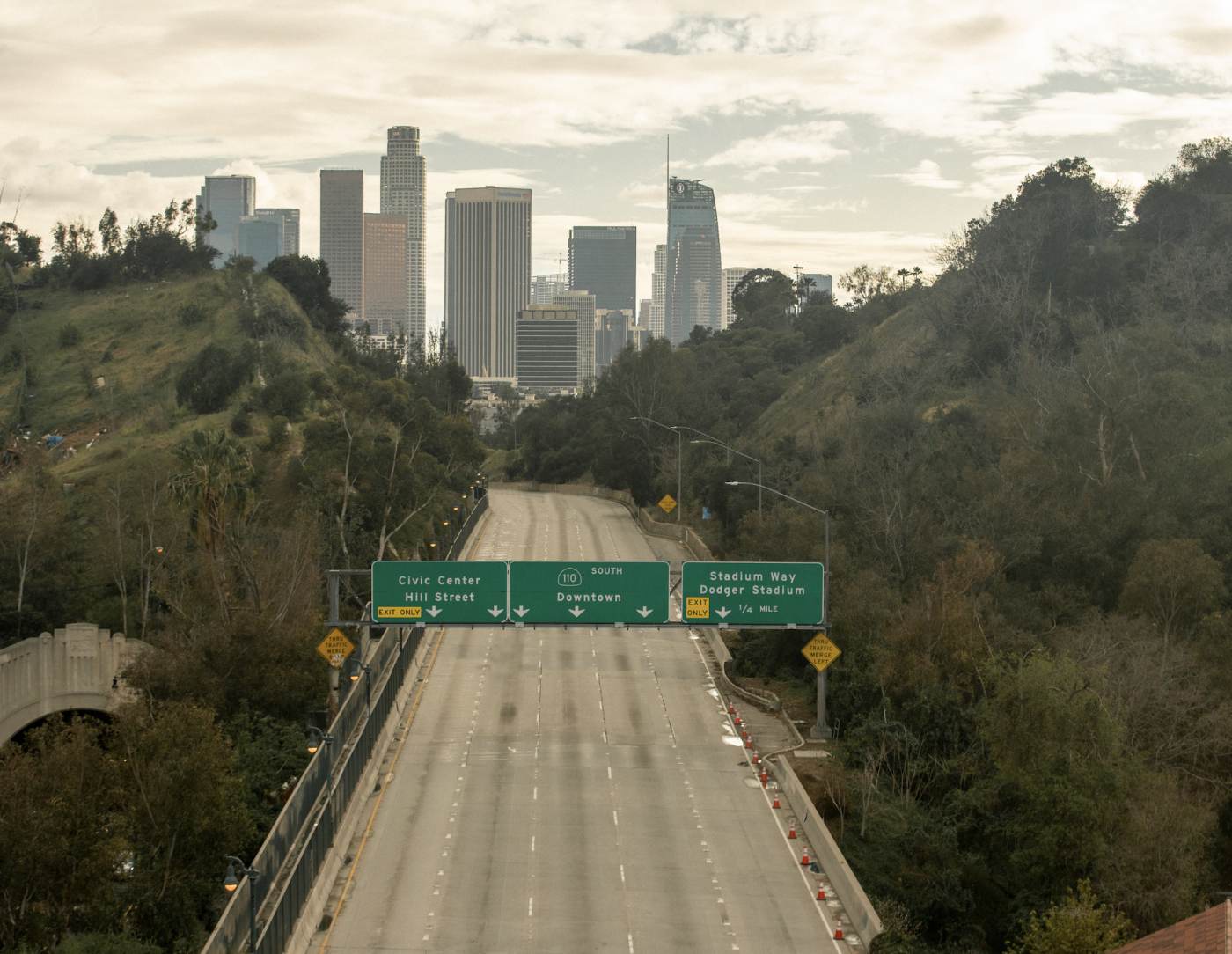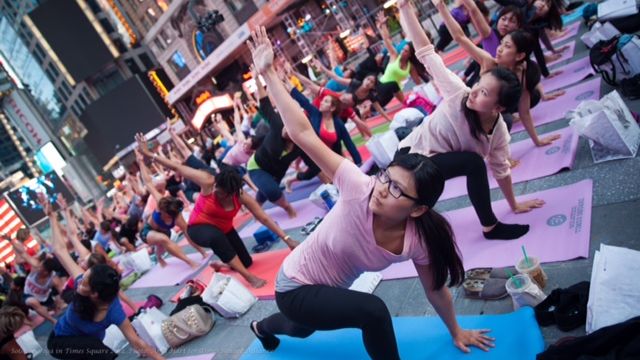Related

Event
/ Dec 03,2020
Why Pandemics, Such as COVID-19, Require a Metropolitan Response:
Emerging Evidence from New York, Wuhan, Paris, and Johannesburg

Jul 09,2018

Despite decades of success by place-based non-profits like BIDs and parks groups in reviving commercial corridors and public spaces, the fact remains that smaller BIDs face profound challenges. These smaller entities, which now constitute two-thirds of all BIDs, are difficult to create and sustain in less-resourced neighborhoods.
Meanwhile, the City’s needs and ambitions with respect to public space and neighborhood-led economic vibrancy have only increased, even as it faces fiscal strains due to reduced income and property tax forecasts.
Specifically, the Making New York Work for Everyone action plan, released in December 2022, identified a number of initiatives to improve quality of life, expand public space, and create a more vibrant and equitable economy. And in February 2023, Mayor Adams announced the historic appointment of the City’s first-ever Chief Public Realm Officer to help coordinate public realm projects that will improve and expand public space and help with our city’s post-pandemic recovery.
Tapping and expanding the network of small BIDs and similar place-based non-profits would be an easy way for the City to achieve these goals, especially in areas that have historically lacked investment.
Yet a mix of factors limit the potential of these smaller neighborhood-based partners to sustain, innovate and serve as stewards for the public realm and their local economy:
To enable and empower BIDs and community partners so that they can sustain themselves, their districts, and the City’s equity goals, the City must:
Reduce the pain points and trust community partners
The City needs to reduce or remove administrative burdens that effectively eliminate the ability of smaller groups with limited capacity to support their districts.
This includes addressing major challenges like insurance requirements and concessions, but also day-to-day challenges like event permitting and easy, free access to power and water.
The City also needs to create a Trusted Partner Program which frees and empowers BIDs with a track record of success from the myriad of duplicative and adversarial requirements which effectively knock small BIDs out of the box.
Develop capacity to support place-based partnerships
The City needs to more effectively address public realm needs by building capacity for both City government and external partners.
This includes creating a Public Realm Task Force to explore short- and long- term ways to:
In addition, per the Making New York Work for Everyone action plan recommendation #13, create a genuinely independent but affiliated citywide non-profit which can help SBS and DOT support their public space partners.
Explore funding tools to capture the value created by place-based partners to increase equity across the city
The City must explore new options to ensure that smaller BIDs and less resourced neighborhoods are able to sustain and take advantage of the value created through public realm and commercial corridor activation and improvements.
This includes encouraging greater use of residential assessments, which are already becoming more common in New York.
It also means looking both within and beyond New York at tools and tactics which could help small BIDs, such as:
In partnership with the Regional Plan Association and with the support of the New York City Department of Small Business Services, Tim Tompkins issued a report focusing on how the city can better support small-business improvement districts and the newly created position of Chief Public Realm Officer, one of the few such posts in the nation.
Please fill out the information below to receive our e-newsletter(s).
*Indicates required.